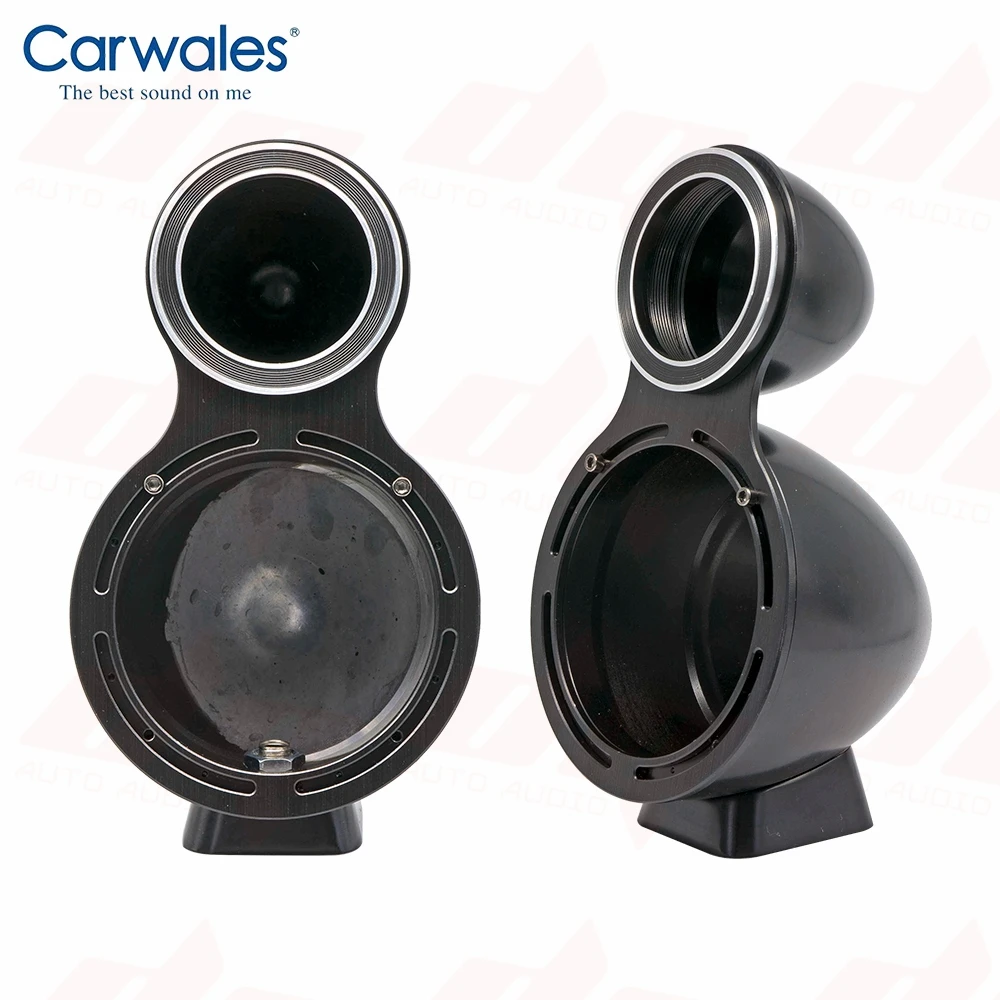jst
Active Member
- Joined
- Aug 8, 2021
- Messages
- 134
- Likes
- 39
Is Woofer/low frequency the only speaker part that needs box ? Does mid or tweeter also need box ?
Because for car speakers, tweeter doesn't need box, it's usually put on dashboard, and the mid or full range is put at the door, sure there is room for air there but it's not boxed like woofer, and there's also small box for mid too, so the size for mid probably also doesn't matter ?


Is there a universal speaker box dimension for woofer ? like 25x25x25cm (not actual calculated box, I just made it up) for example would work for all kinds of 8" woofer. Or 30x30x30 cm would work for all kinds of 10" woofer. Something like that.
Because for car speakers, tweeter doesn't need box, it's usually put on dashboard, and the mid or full range is put at the door, sure there is room for air there but it's not boxed like woofer, and there's also small box for mid too, so the size for mid probably also doesn't matter ?


Is there a universal speaker box dimension for woofer ? like 25x25x25cm (not actual calculated box, I just made it up) for example would work for all kinds of 8" woofer. Or 30x30x30 cm would work for all kinds of 10" woofer. Something like that.
Last edited:
